Many plants contain small amounts of ingredients that have a similar effect to the hormones produced by the human organism. For this reason, these compounds – which belong to the group of so-called secondary plant compounds – are also called “phytohormones”.
Isoflavones are the most important representatives of this group. Of the isoflavones, the phytoestrogens are the most important, with similar – but weaker – effects to the sex hormones produced by the human organism. The phytoestrogens owe their ability to exert such effects to their structural similarity to human sex hormones such as oestrogen, which allows them to bind to the body’s oestrogen receptors and thereby produce oestrogenic or anti-oestrogenic effects. Another effect of phytoestrogens is to displace endogenous oestrogen from its transport proteins, which in turn can lead to higher concentrations of unbound and thus active endogenous sex hormones.
Since endogenous hormones and secondary plant substances compete for the binding sites at the receptors in the body, phytohormones can not only weaken but also strengthen the effect of endogenous hormones. Whether their presence strengthens or weakens the hormonal effect in individual cases depends both on the binding specificity of the phytoestrogens to the respective receptor and on the current endogenous hormone concentration. Since the effects of the body’s own hormones are much stronger than the effects of the plant substances, the latter tend to weaken tend to weaken the overall hormonal effect at extremely high concentrations of endogenous hormones by displacing the stronger hormones from binding. In contrast, the phytoestrogens can develop their full effect in the presence of very low concentrations of endogenous hormones.
It is therefore obvious that these secondary plant substances can contribute to the “fine regulation” of hormone balance in the body. They can influence not only hormones, but also the entire metabolism of the body (i.e. fat, sugar and mineral metabolism), and help to maintain the growth of a variety of cells and tissues.
The following plant substances can have a positive effect on female hormone levels:
Soy: The main effect of soy is due to the high content of isoflavones. Soy also contains saponins, which can help maintain a strong immune system. Together with phytosterols, another important group of secondary plant compounds, saponins bind cholesterol and can thus help to keep cholesterol levels within the normal range.
Java tea: Dried orthosiphon leaves contain a complex mixture of essential oils, plant acids, isoflavones, saponins and potassium salts, which can stimulate the kidneys.
Wild yam: The tuber-forming climbing plant is used both as a food and as a medicinal plant. It contains saponins as well as diosgenin and dioscoretin, two secondary plant substances with hormone-like effects. Eating this plant can have a positive effect on menopause.
Dong Quai belongs to the celery family and is used in traditional Chinese medicine. The plant can have a balancing effect on the oestrogen level.
Lignans: Derived from the Latin term for wood (lignum), lignans are a group of substances that occur naturally in plants, e.g. in taiga root, valerian root and in various edible plant parts such as linseed and sesame seeds, cereal grains, fruits and vegetables. In addition to cell-protective properties, they help maintain hormonal balance.
Red clover flowers: The plant belongs to a group called butterfly plants. Is rich in isoflavones and contains high levels of formononetin and biochanin A, both precursors of genistein and daidzein, which also appear to have effects of their own that complement red clover’s spectrum of activity.
Valerian: Also called Valeriana officinalis, it has been used since ancient times to treat nervousness, restlessness and difficulty falling asleep. It puts the body in a relaxed state and can thus increase the readiness to fall asleep.
If the absorption of these nutrients through the diet is not sufficient or there is an increased need, these nutrients can be supplemented with special dietary supplements. Some of these nutrients are better absorbed in the morning and activate the body, while others are better absorbed in the evening and support regeneration. Chronobiologically oriented products take this into account accordingly.
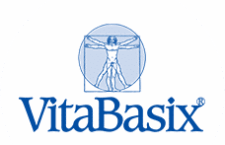

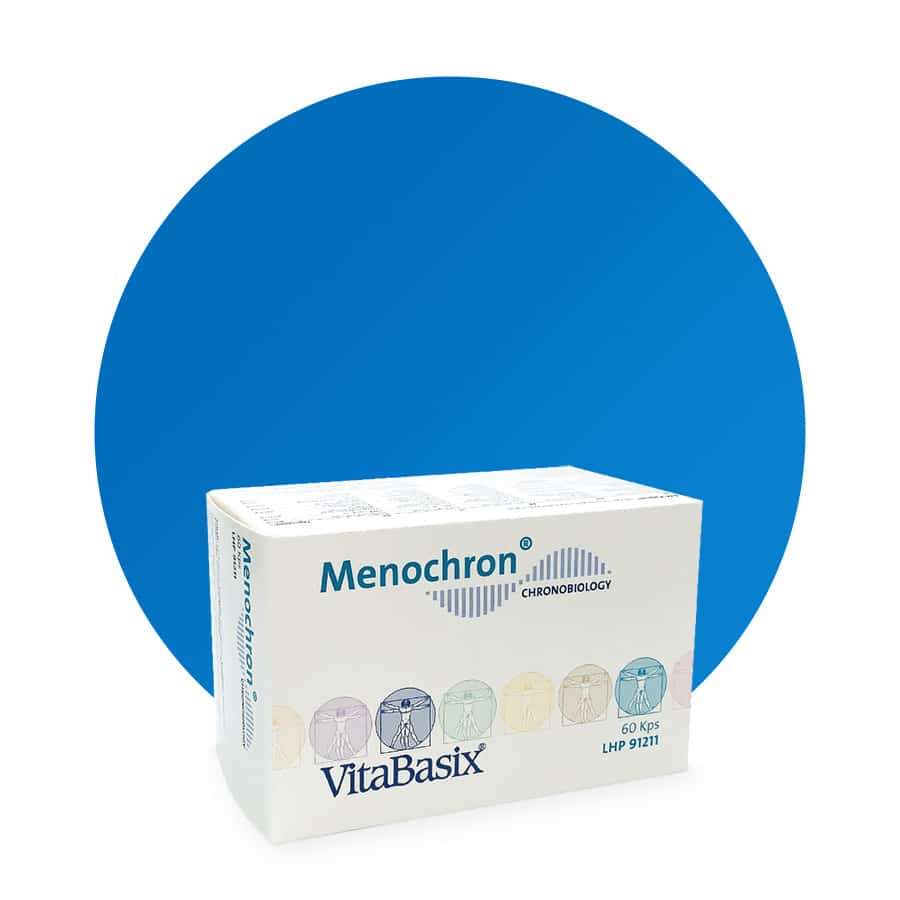
 Chronobrands
Chronobrands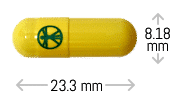
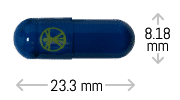


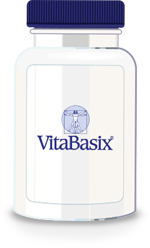
Reviews
There are no reviews yet.